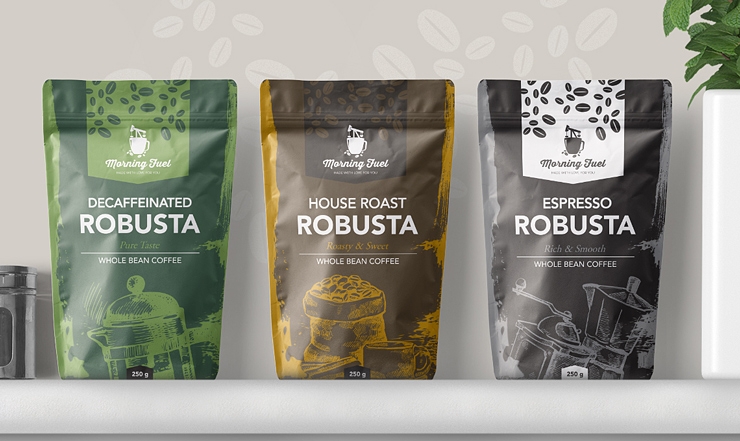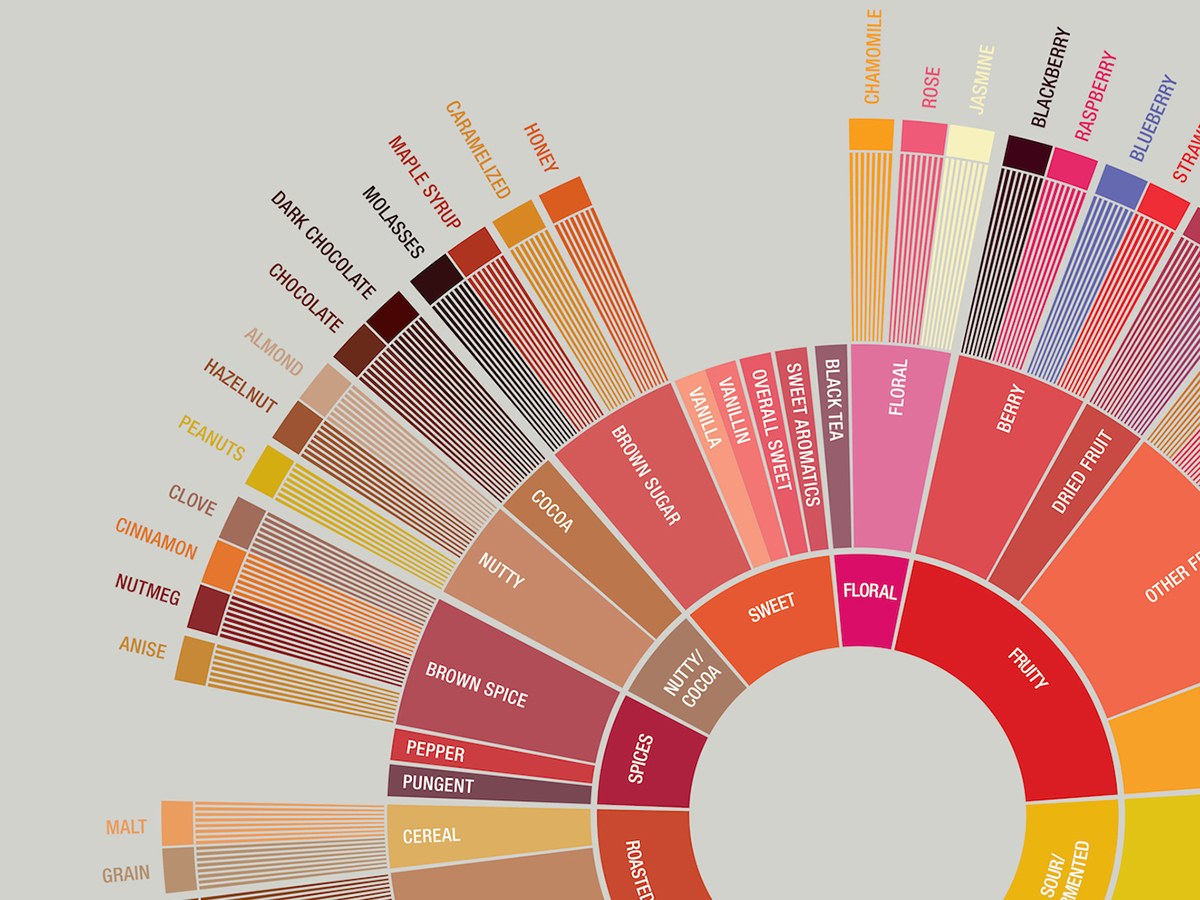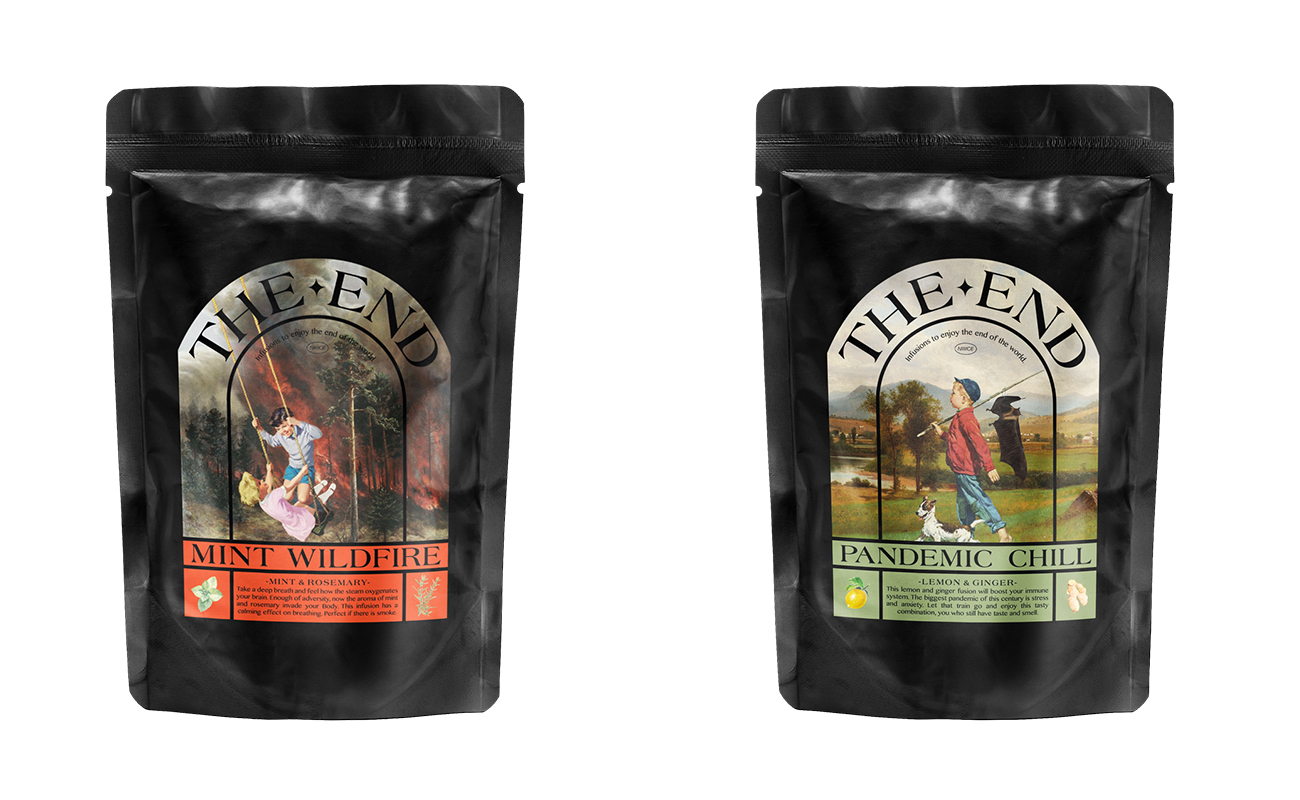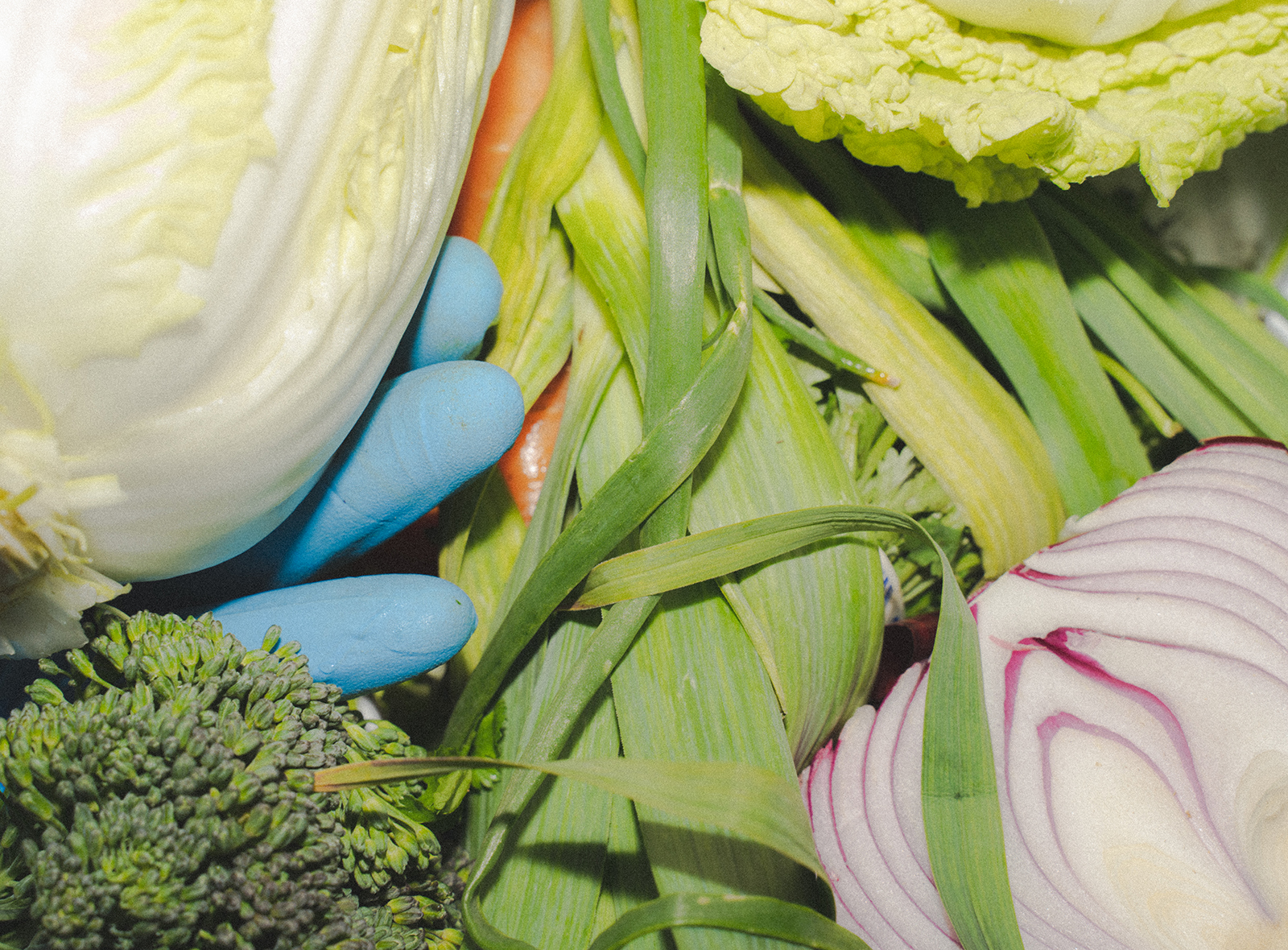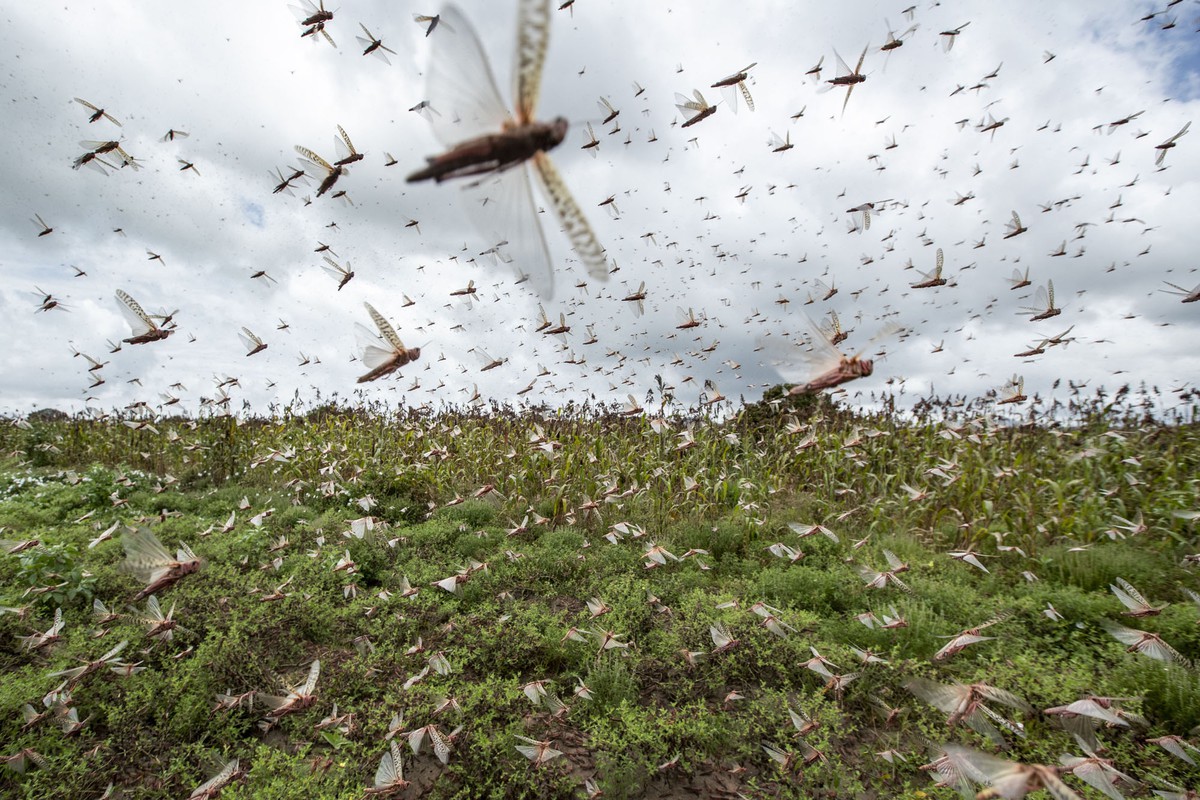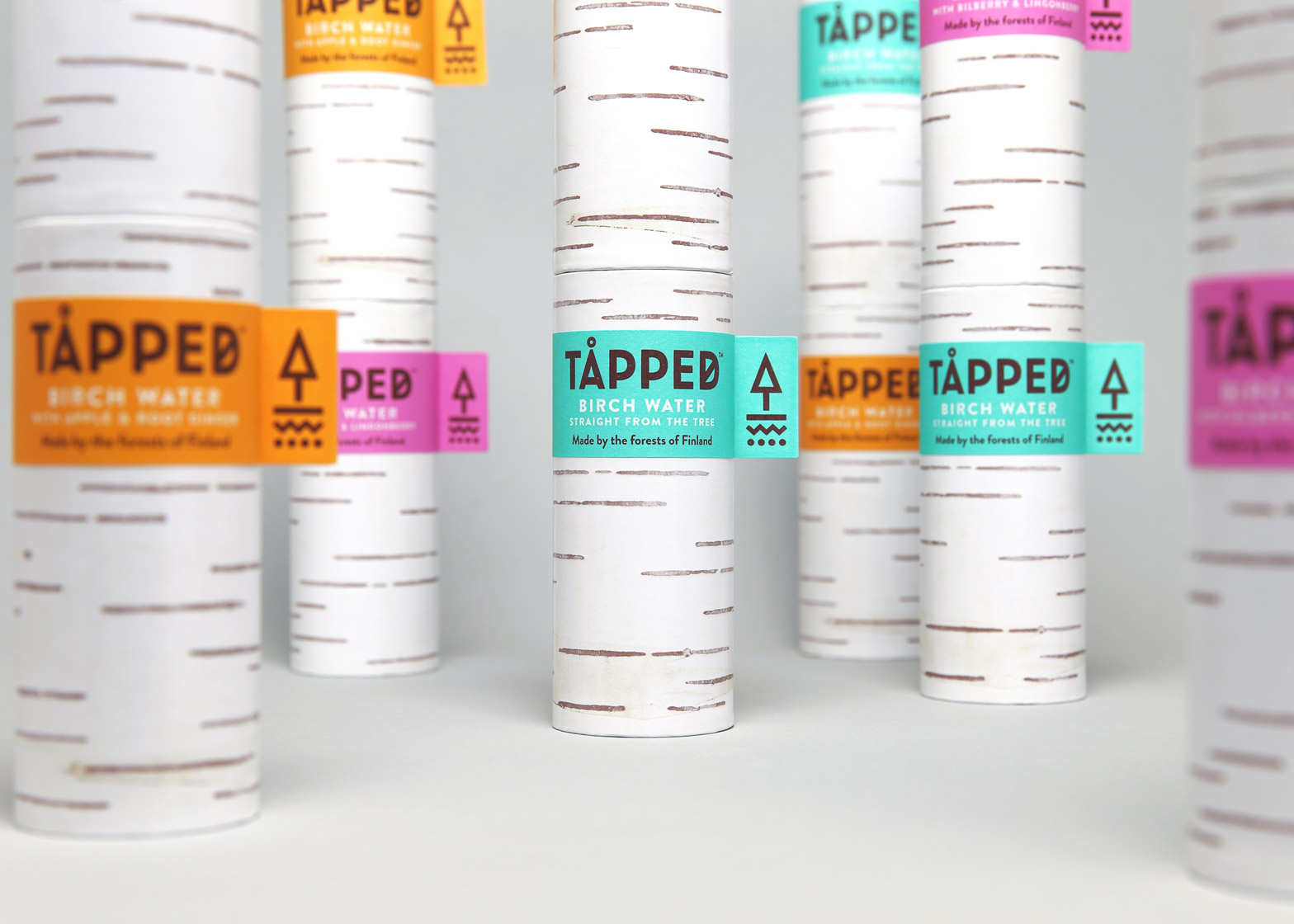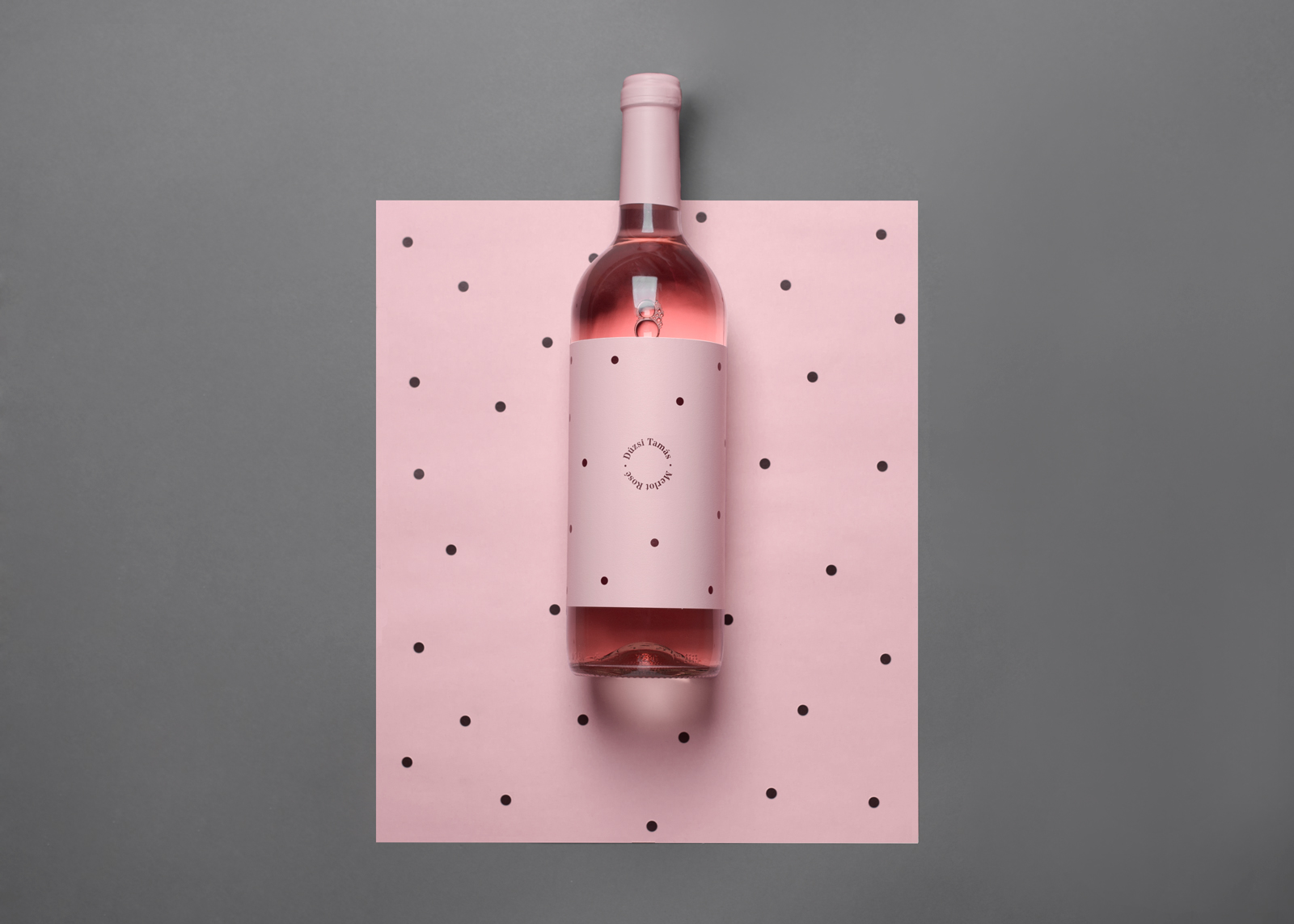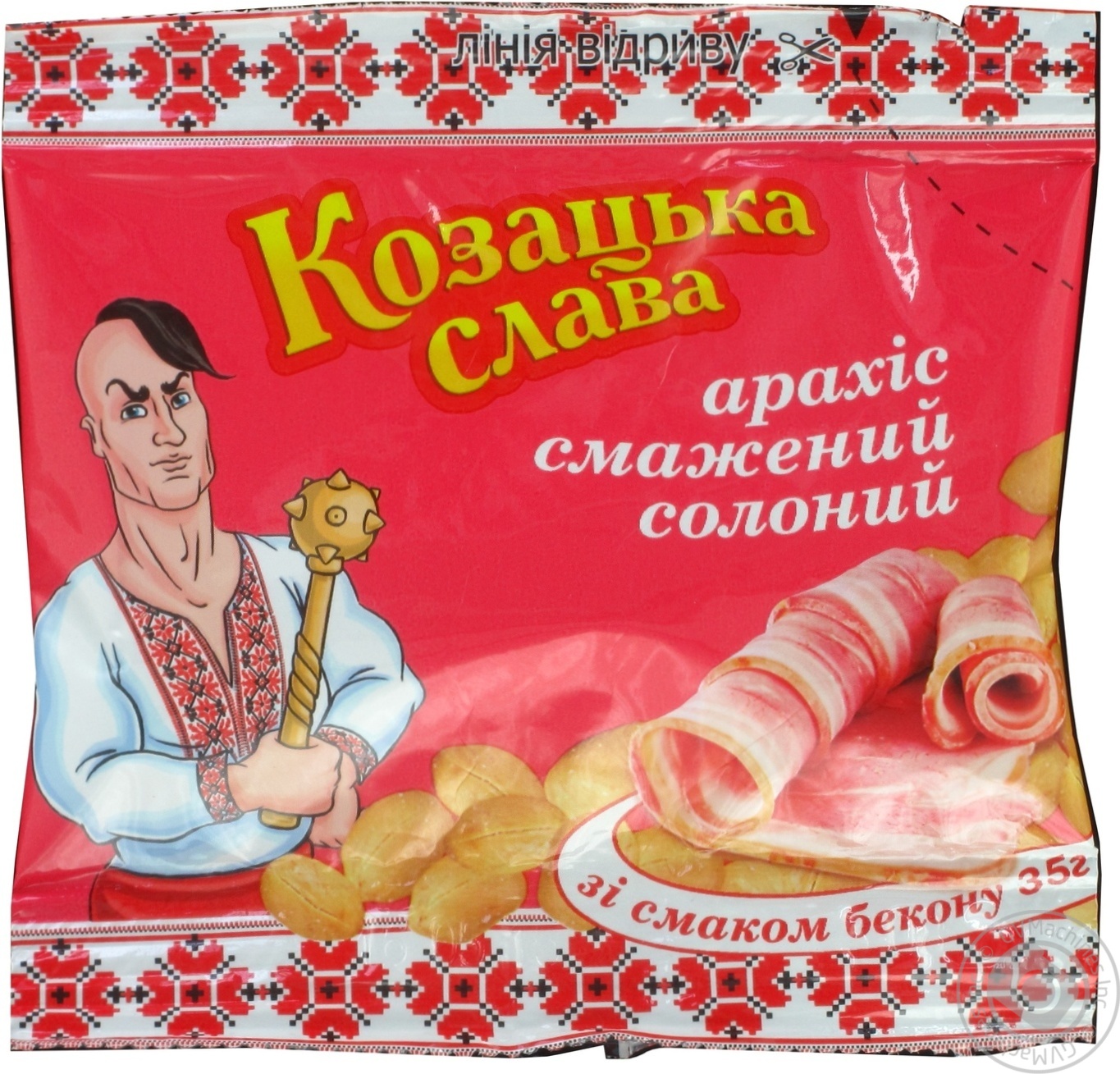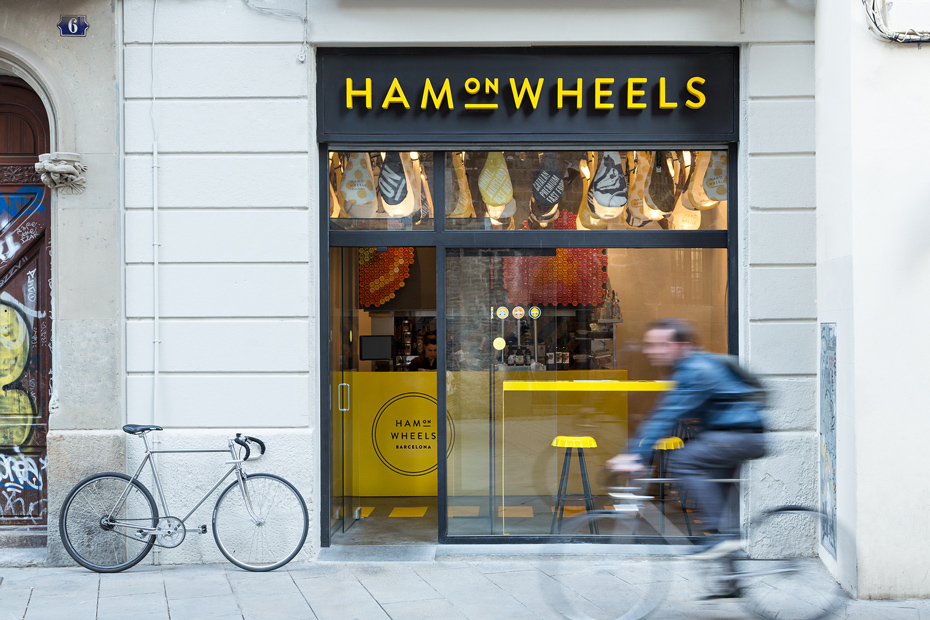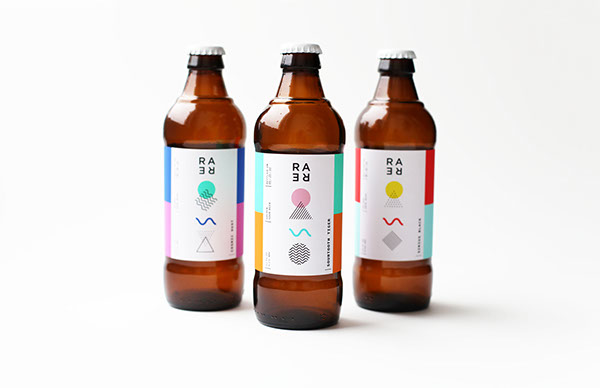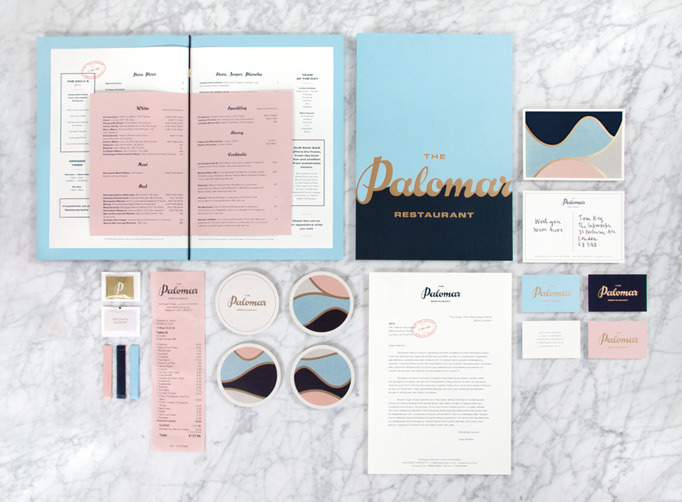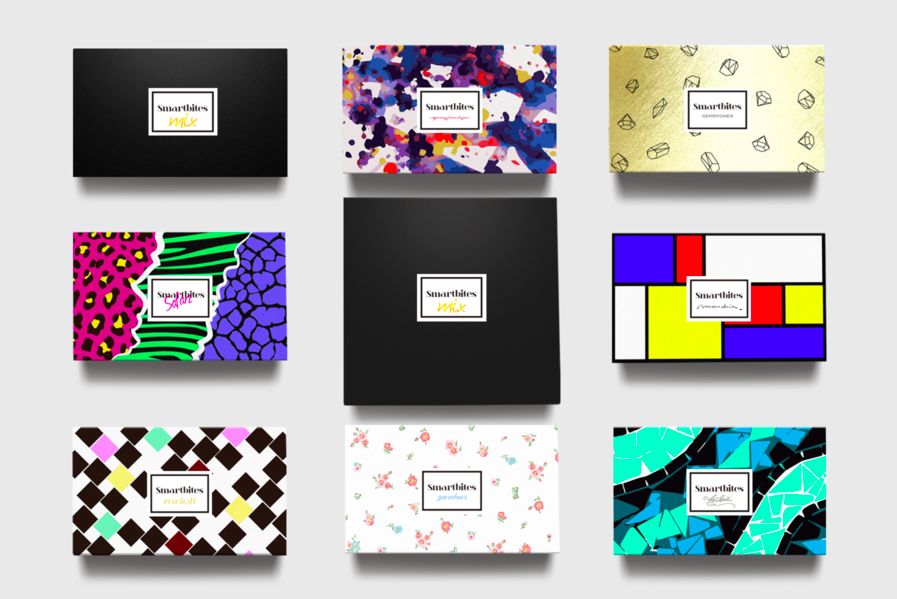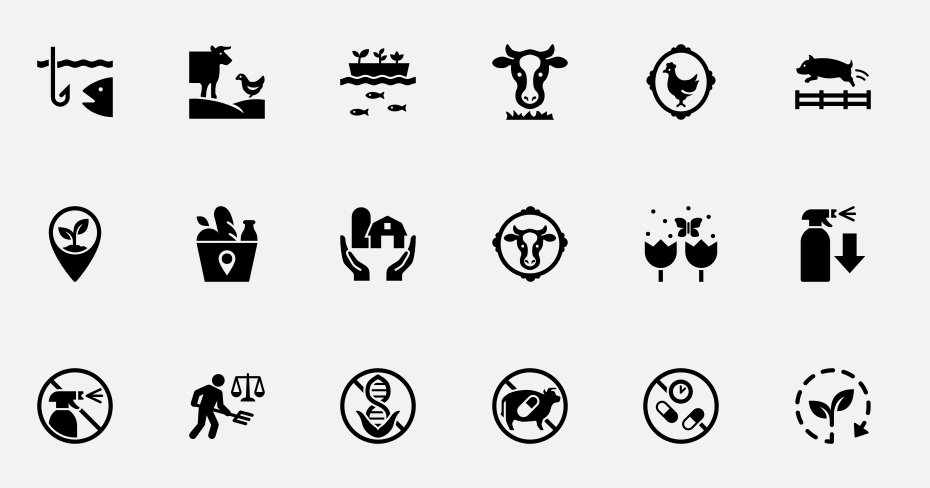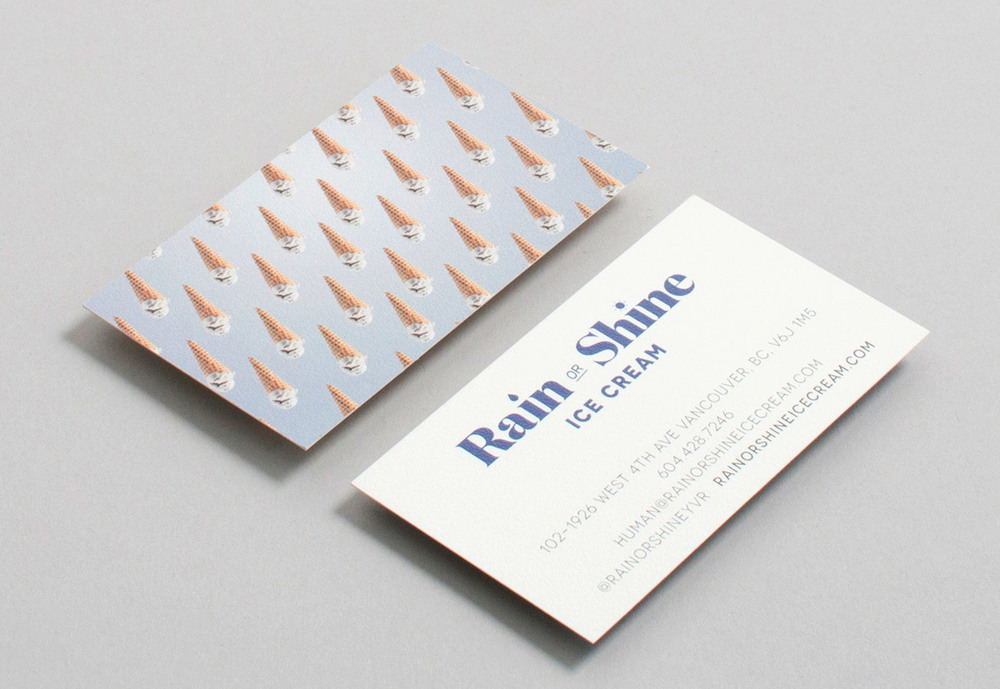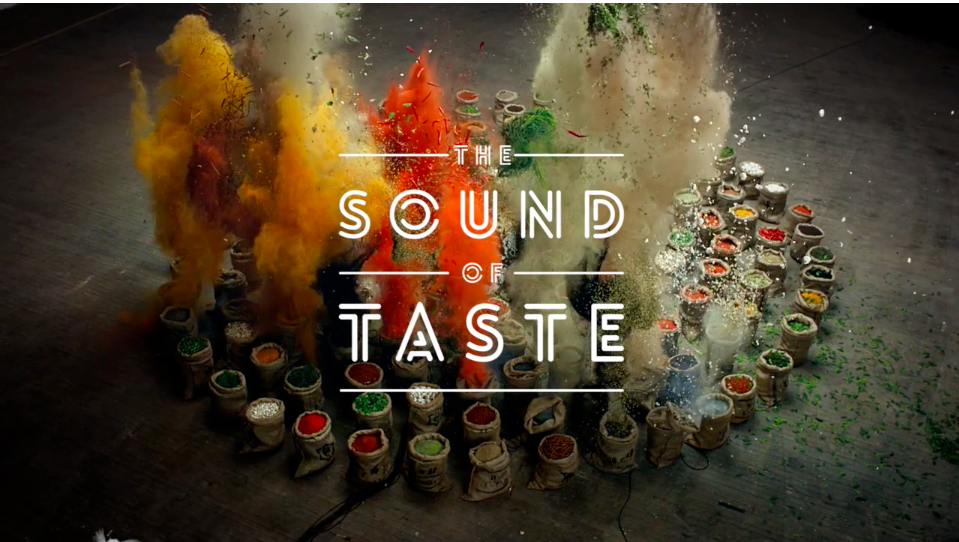Coffee connoisseurs, here’s a question for the ages: arabica or robusta? Coffee prices might be rising for consumers, but coffee growers have yet to feel the effects. Arabica beans grow slowly and are thought to taste fuller, helping them fetch a higher price. Meanwhile, robusta beans grow quickly, but their high caffeine content and thin, bitter flavor has kept prices down.
But several companies are using design as a tool to change robusta’s fortunes.
One such company is Morning Fuel Coffee from Lithuania. They sell robusta blends in handy zip top packages with line drawings that depict traditional coffee brewing tools. Designed by Martynas Vežbickas, the three varieties—decaf, espresso, and house roast—each illustrate how individuals can incorporate robusta into their daily routine. The black espresso package features a drawing of Italy’s iconic stovetop espresso pot along with an old-school grinder, associating the beans with traditional brewing methods while also implying robusta’s suitability for home brewing. This link between tradition and home reappears on the decaf bag, which features a French press and the subtitle “pure taste” to connect the coffee’s flavor to the brewing method and bean. While the house roast bag features a sack of beans and mug as opposed to a brewing tool, the visual link between the two suggests that the consumer can transform the whole beans into a refueling brew. Through their trio of package design, Morning Fuel highlights robusta’s suitability for home brewing.
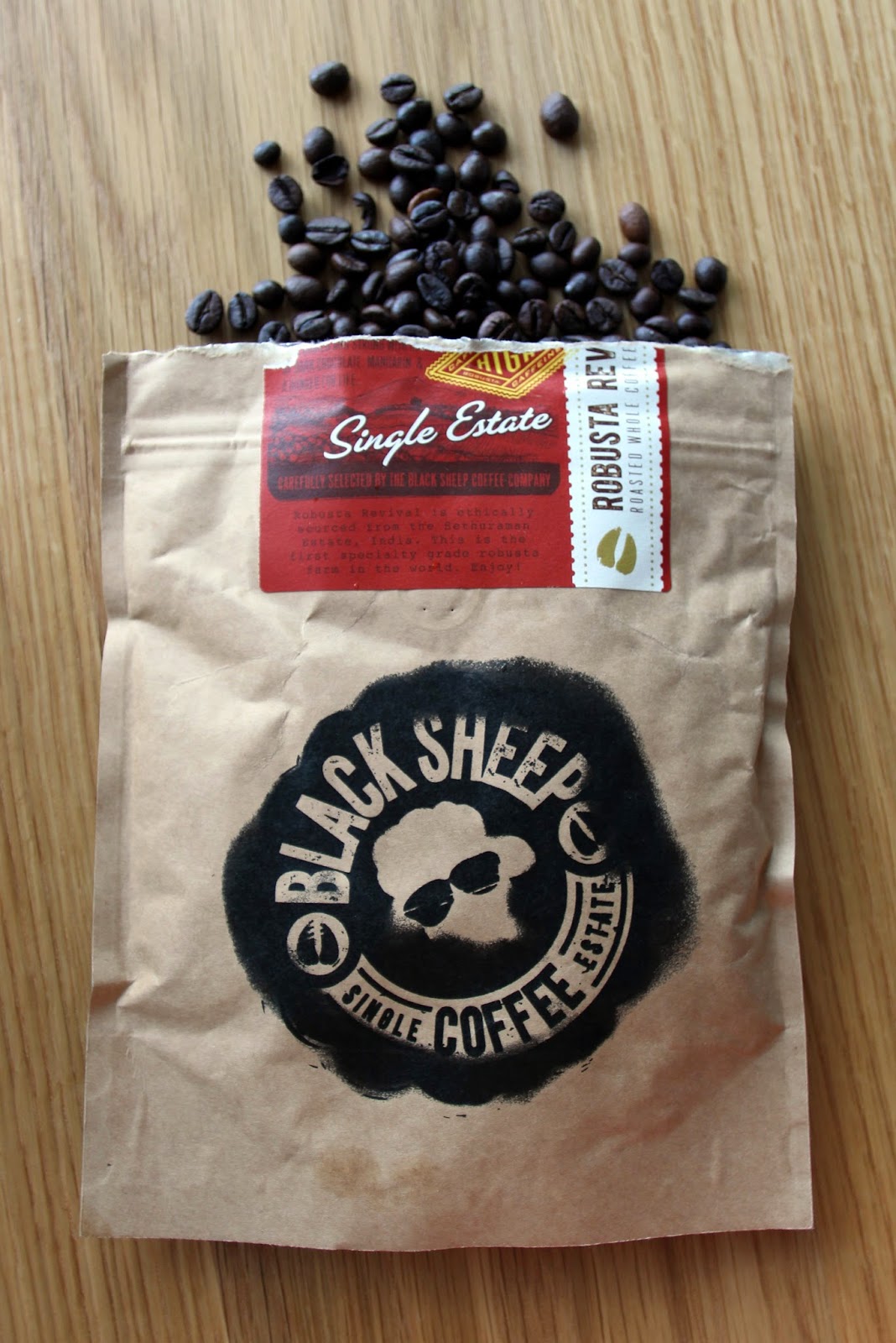 Image courtesy of Double Skinny Macchiato
Image courtesy of Double Skinny Macchiato
Package designers aren’t the only ones building a new future for robusta. London-based café chain Black Sheep Coffee promotes robusta coffee with the slogan “Leave the herd behind.” Launched in 2014, the cafe evokes the idea of the group versus outcasts placing the robusta-arabica opposition into a broader social context—choosing robusta means choosing an alternative lifestyle. The café experience offers an alternative to popular modern café interiors, with a dark, clubby atmosphere. The sheep’s head on the logo resembles a face wearing earphones and sunglasses, projecting a tougher aesthetic than the nerd glasses and knit hats associated with contemporary hipster coffee shops. Through the design of an alternative coffee drinking space, Black Sheep Coffee uses design to identify a niche market for robusta.
Even coffee nerds are designing for robusta. Tastify, an app that helps coffee professionals to grade samples, recently released a tasting wheel for appraising robusta beans. The wheel is a variation on the Specialty Coffee Association of America’s standard arabica tasting wheel. Whereas the arabica wheel features plenty of colors and flavors, the robusta wheel features fewer of both. While this lack of choice could illustrate robusta’s inferiority, it could also provide visual cues that demonstrate robusta’s seriousness. In this sense, the dark colors evoke traditional coffee images, much like Morning Fuel Coffee’s packages use traditional tools to integrate robusta into established traditions. Thus, the limited descriptors assert the similarities between robusta and arabica by giving them a shared language. By redesigning a traditional tool, Tastify assimilates robusta coffee into the specialty roaster and brewer’s visual and linguistic universe.
Although coffee’s reappraisal as a gourmet product has slowly increased prices, the benefits haven’t been evenly distributed across the coffee industry. Long derided as low-quality, robusta beans have struggled to find a market in a coffee industry that prizes arabica coffee. Design offers a way to build a new audience for robusta by integrating the bean into a consumption tradition and asserting its counter-culture validity. If robusta consumption is to increase, it will need to present a well-designed face to the world.
